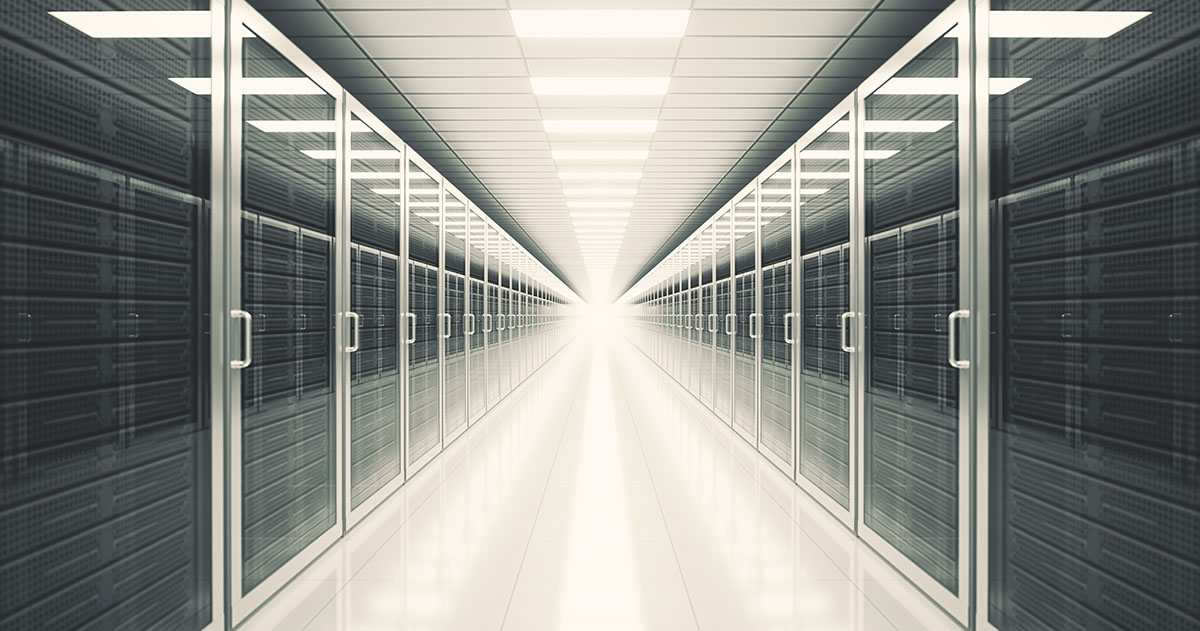Bloom is Powering the Al Revolution
Access to power is the major limitation to data center development. Bloom’s onsite power generation solution gets data centers online faster.

Benefits to Data Centers
Data center leaders expect approximately 30% of all data center sites to use some onsite power as a primary energy source supplemental to the grid by 2030.
Cost Competitive
Total cost of power comparable with other solutions.
Highly Reliable
Achieve from 3‑9s to 5‑9s of reliability.
Scalable
Purpose-built for any scale, from 20MW to 500MW. The Energy Server’s modular design easily scales with your power needs.
Fast Time to Power
Available in as little as 90 days. Can be deployed quickly and re-deployed to other locations.
“Bloom’s fuel cells allow us to generate cleaner and reliable electricity onsite at our data centers in a cost-effective way. We’re proud to have continued to expand our relationship with Bloom over the last decade and helped lead the industry forward.”
– David Rinard, Vice President of Energy Operations, Equinix
